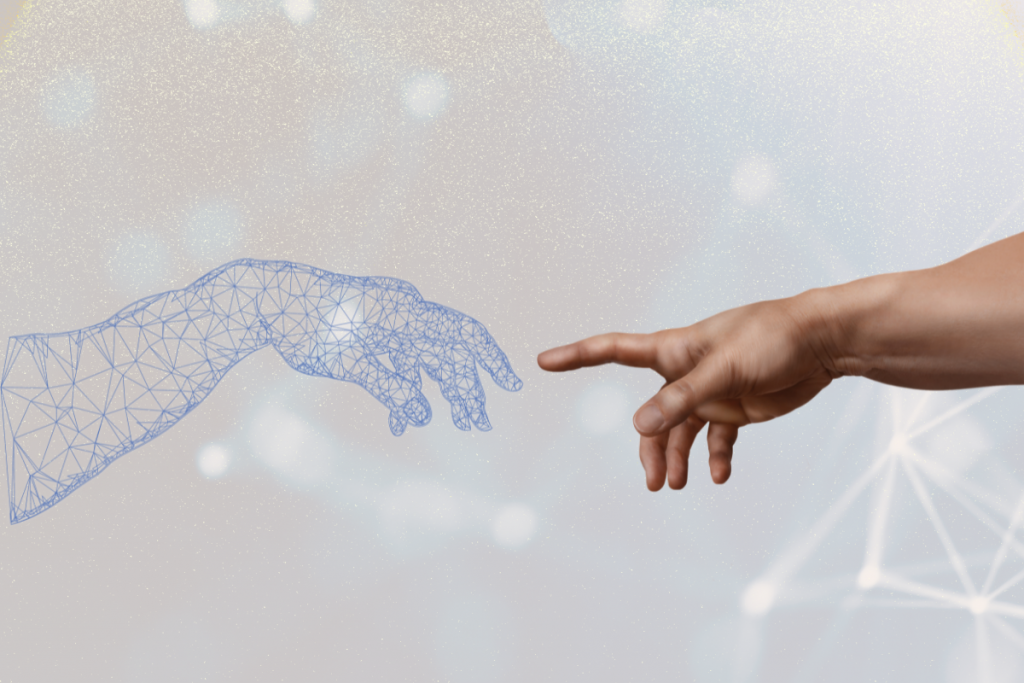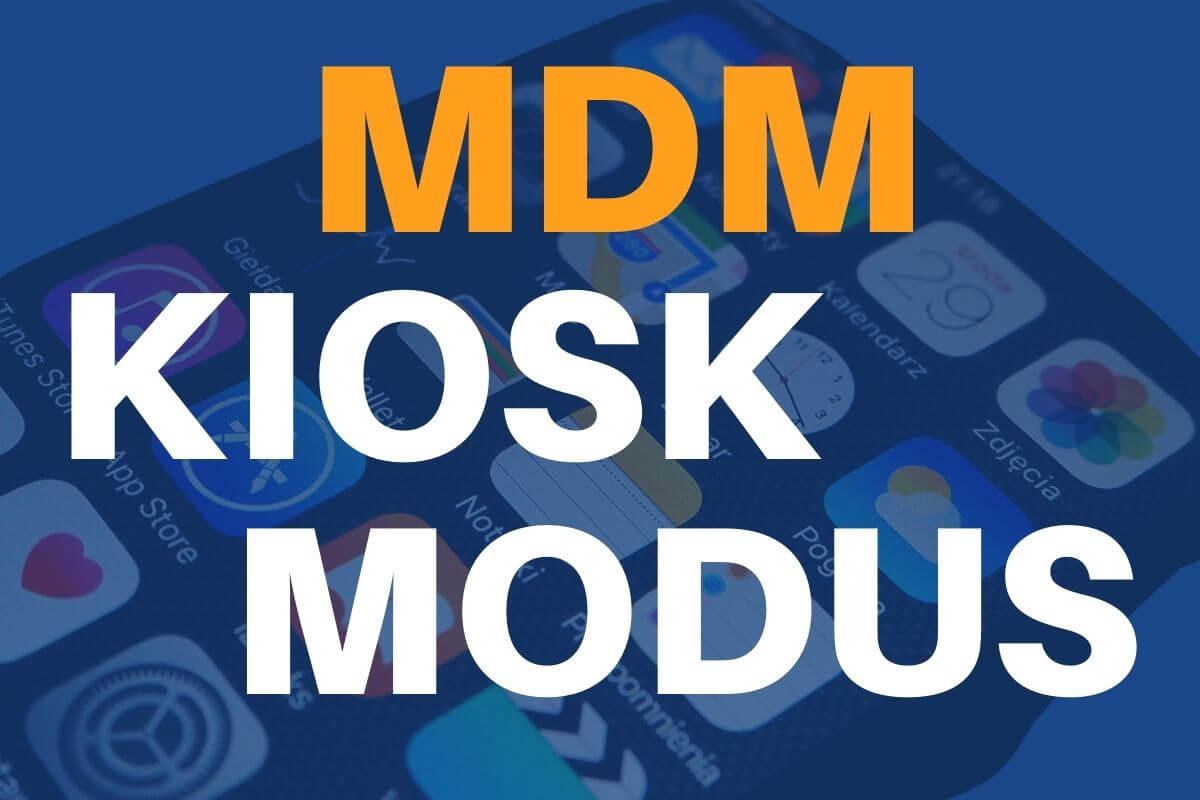When attending a job interview, the interviewer will most likely ask you the following question: “Where do you see yourself in five or ten years?” The best answers to this question might be ‘being in the most experienced and advanced level possible’ or 'being not only productive but also regular and systematic at work’. In parallel, a EU Commission visioning a digital transformation was created. They are to focus on empowering people’s personal and professional life for the next ten years, offering a proposal of the EU’s Digital Decade compromising both today’s and the future’s digitalization goals.
Human-centric digital strategy is at the base, aiming to provide people with a safe online environment without illegal and harmful content; safety and security being the two main important tools in the digital area. Plus, it is important for people to have access to the internet, acquire digital skills, and benefit from digital public spaces and fair working conditions.
These principles are constituted for helping everyone in Europe who needs to deal with new technologies and digital transformation when it comes to data protection and privacy legislation.
What are the opportunities of digital transformation?
Nearly everything around us is some kind of a ‘life hack’ – all we need to do is to push some kind of button in front of our fingertips. We are constantly waiting for what comes for the next - maybe some kind of upgraded version - which will surprise us and make us excited each and every time. With this perspective, the digital decade has been planned for the benefits of businesses and citizens across all Member States in order to live in better, safer and greener conditions. If the goals of this digitalization can be achieved, 80% of the population will have the basic digital skills which will be provided as a training to citizens in relation to the Digital Europe Programme with connectivity everywhere. The upskilling of the workforce with the help of an advanced digital skills’ training programme is targeted for the future world and digital generation in Europe, which is not far away from now if it works as it has been planned.
Thanks to this ten-year process, we can see the coordination and collaboration of Member States’ governments due to mutual digital investments and targets, the reduction of greenhouse gas emissions along with a new digital ecosystem, and an accessible, reusable and secured data service as the strategy formed against cyberthefts. Thanks to the digital decade’s strategy, it is aimed to build collective capabilities to respond to major cyberattacks and to ensure a global and open internet with strong safeguards to protect against risks for the security and the fundamental rights of people in Europe. In today’s world, storing and protecting data is getting more and more difficult as technology grows so much that it brings not only opportunities but challenges.
What are the challenges of digital transformation?
Since the digital transformation is an international project, no single Member State of the Commission is able to fully develop it on its own. All countries must participate in this digital transformation process in order to achieve Europe’s digital ambition. Along with this, there is also the digital skills gap, stating that four out of ten adults do not have the basic digital skills necessary to take part and work in today’s society.
Apart from these challenges, the main focus should be directed to data protection and cloud technologies. In today’s world, although digitalisation makes everything easy, reachable and simple, it raises the risk of cybertheft, counterfeit products and disinformation as well. Because the internet is the most common source from which everyone can find what they need, it has lots of misinformation and fallacies. This is the reason why it has been converted into a fragile and vulnerable digital system. As for digitalisation, which has become fundamental for today’s society, people want to receive secured, trustworthy and reliable services and digital tools in order to avoid loss of data and cybertheft. Additionally, people have the right to have the assurance to be shielded from cybertheft and other risks.
All internet-connected devices in the EU such as industrial control systems, home appliances, automated cars, and many more need to be secured against all threats and cyber incidents thinkable. This means that all of the information needs to be kept separately. For example if you work in a company using the ‘bring your own device’ motto or giving you their own device but wanting the full control of it, you need a system which allows you to separate your personal and professional information so that you can prevent the disorder and loss of data. For this reason, Digital Europe wants to build up advanced cybersecurity equipment, tools and data infrastructures.
We can exemplify this advanced technology with the Mobile Device Management (MDM) technology. A big part of Europe’s cybersecurity strategy is based on the insurance of citizens and businesses’ benefits, describing how the EU strengthens all of its tools and resources to be technologically sovereign. In this case, MDM is designated to be a security software and offers different functionalities to keep the data safe and secure. MDMs are therefore some of the trustworthy and reliable services in which people can store their sensitive and confidential data and organize their mobile devices in a systematic way.




